| Company logo & name here |
LOCATION: COOLING TOWER
DATE: 05/03/2021
TIME: 14:02
EMERGENCY SITUATION: FIRE EMERGENCY
| Fire – Fire drill started at 14:02. Emergency information were given by Site Supervisor by mobile phone to Emergency Contact Person. Emergency response team member made the communication to directing the occupant to leave work location/ evacuate the work area, and assemble at the safe assembly point. When all employee Engineer/Supervisor and Workers arrived at the assembly point. Various rescue techniques were used by the ERT.A briefing was done on Fire and Emergency response during Fire Emergency. |
Points to be checked: Line of communication, Total time line for the rescue operation. Check the response of the entire team which include workforce & the awareness of the work force regarding the emergency and emergency contact numbers.
Contents
Response time during emergencies
| Agencies | Information Time | Reporting Time | Remarks |
| Fire start near DG Set | 14:02 | 14:02 | |
| Communication to Emergency Response Team & Incident Controller | 14:03 | 14:03:30 | |
| Emergencydeclared | 14: 04:30 | 14:04:30 | |
| Activation of Fire alarm | 14:05 | 14:05 | |
| Emergency response team ready for action. 1.Evacuation team 2. First aid team 3. Fire Fighting team 4. Rescue team 5. Observation team | 14:05 | 14:05 | |
| Fire fighting started in Fire Point | 14:05:30 | 14:08:30 | |
| Evacuation started | 14:09 | 14:11:30 | |
| Fire Closed | 14:09 | 14:09 | |
| All staff and workers reached at Assembly Point for Head Count. All activity were stopped | 14:12 | 14:12 | |
| A Briefing was done informing about the Emergency Mock Drill scenario and the objective of the drill; we addressed the workers about Fire Emergency. Safety Officer told the staff and workers about Emergency Response Procedure and Hazards associated with theirwork | 14:13 | 14:17:30 | |
| Declared Mock drill successfully completed | 14:18 | 14:18 |
Following observations were noted during conduct of Fire Emergency mock drill.
Observers
1. PawanRawal (QA/QC)
2. Parmod Sharma (Office Coordinator)
3. Dilip Rai (PM)
4. Rohitas Singh (Engineer)
Positive Notes:
- All the workmen and staff reported to the Assembly point without any panic.
- The evacuation was performed successfully well in time.
- Communication was well enough to reach the Fire Point at the right time.
- The fire-Fighting team used the right Extinguisher for the Extinguishing purpose(DCP, Water)
- ERT member has done well and evacuate the Work Location on time.
- Emergency Vehicle is available at Site.
- The workforce remains calm, while the mock drill was in progress, and showed keen interest to get knowledge about the emergency.
- Workers were briefed about the emergency response procedure and fire Emergency.
- The evacuation team response was quick.
Deficiencies observed during the exercise:
- Public address system used but miscommunication between team
- Less awareness for ERT (Emergency Response Team) team members.
Photo views
Cut off the Power during emergency time
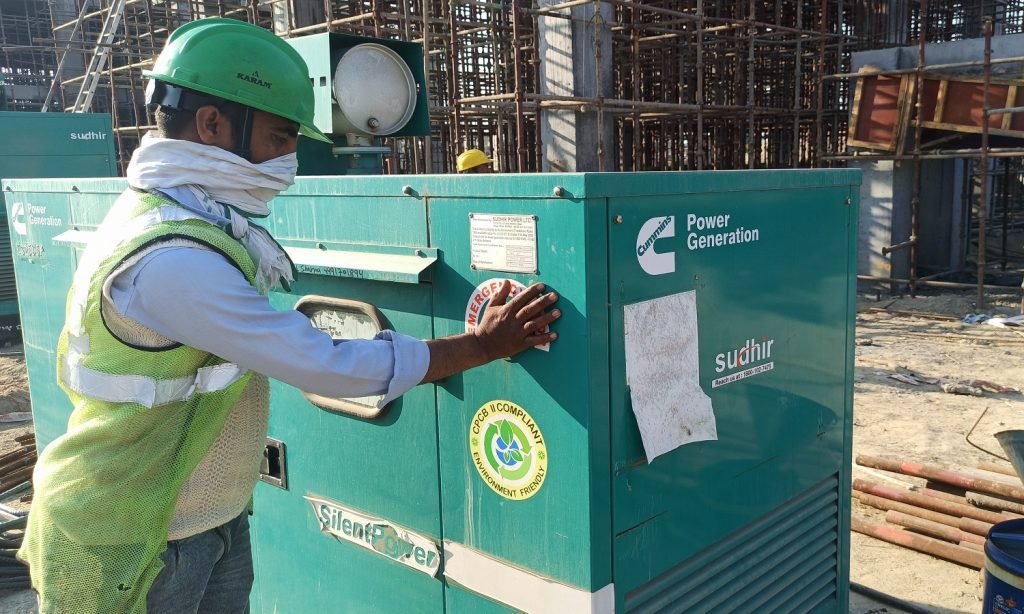
First aid available
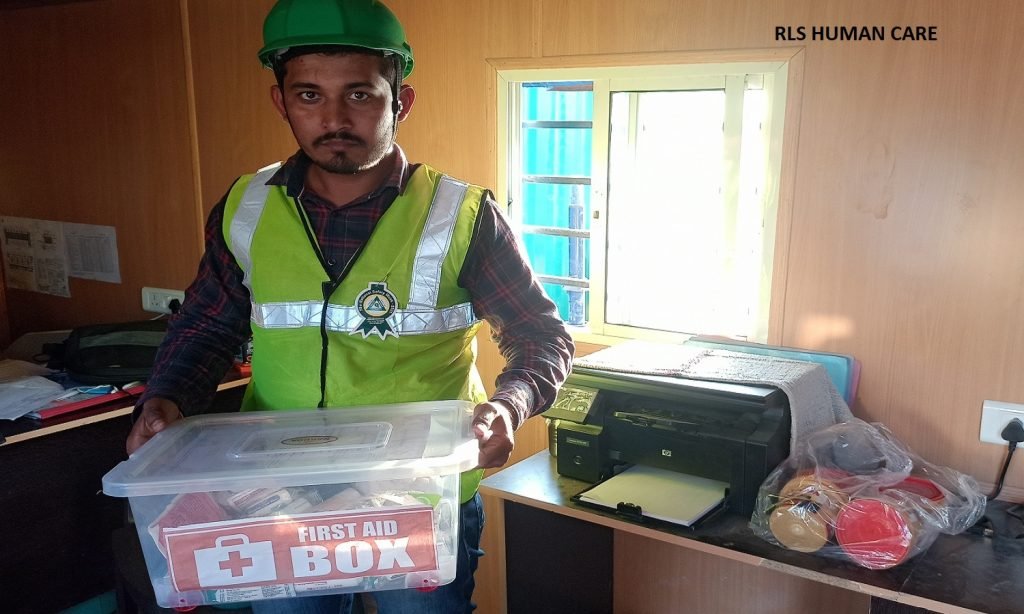
Fire Fighting

Head Count and Briefing was done, informing about the Emergency at Assembly Point
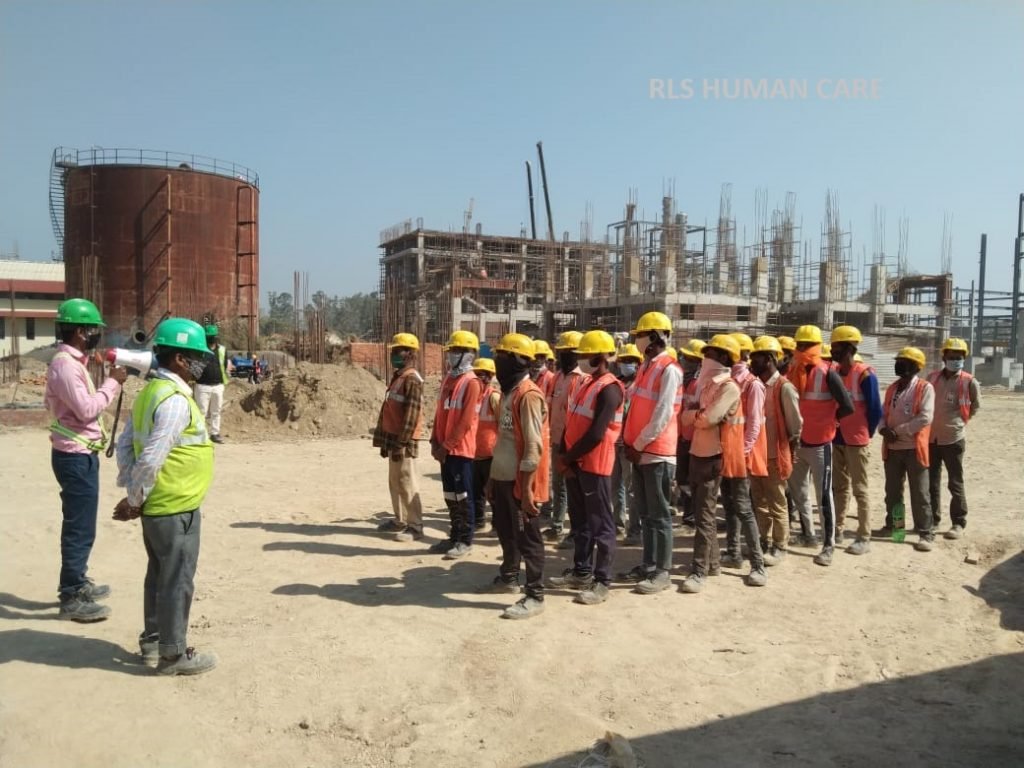
GUIDELINES TO FOLLOW FOR EMERGENCY SITUATION
| Particulars | During mock drills the following points should be listed and checked |
| Emergency Response Plan | Emergency Response Plan is available (its contain and action Plan for ready reference) |
| Communication or public address system | Communication or public address system were used |
| First aid kit & aider | First aid boxes and its contents are available at site. |
| Assembly Place | Designated Assembly place Available at Cooling Tower Site. |
| Audio alarm system | Audio alarm/Handheld megaphone available. |
| Evacuation Plan | Minimum action identified and completed before Evacuation(People to be evacuated from the Emergency site) |
| Others | Preparedness and alertness Involvement of people during emergencies. |
Importance of Fire Mock Drill:
Fire safety is a critical aspect of maintaining a safe environment, whether it be in a workplace, educational institution, or residential setting. Fires can pose serious threats to life and property, making it imperative for individuals and organizations to be well-prepared. One of the most effective tools for ensuring preparedness is the implementation of fire mock drill. These simulated exercises play a crucial role in familiarizing people with emergency procedures, testing response mechanisms, and ultimately enhancing overall safety protocols.
The Purpose of Fire Mock Drill:
- Training and Familiarization: Fire drill provide an opportunity for individuals to become familiar with the layout of the building, the location of fire exits, and the operation of firefighting equipment. This familiarity is invaluable during an actual emergency, as individuals are better equipped to navigate safely to designated evacuation points.
- Testing Emergency Systems: Fire mock drill allow organizations to assess the effectiveness of their emergency systems, including alarm systems, sprinklers, and fire extinguishers. Regular testing ensures that these systems are in proper working order, reducing the risk of failure during a real emergency.
- Response Evaluation: Simulated fire scenarios enable organizations to evaluate the response of individuals and teams during a crisis. This includes assessing how quickly people evacuate the premises, the efficiency of communication, and the overall coordination of emergency response efforts.
- Identifying Weaknesses: Conducting mock drill helps in identifying weaknesses in the emergency response plan. These weaknesses may include bottlenecks in evacuation routes, communication breakdowns, or a lack of awareness regarding the location of emergency exits. Addressing these issues promptly can significantly improve overall safety.
- Building Confidence: Participation in fire mock drill build confidence among individuals. Knowing what to do in an emergency situation can reduce panic and promote a calm and orderly evacuation. This confidence is essential for ensuring that people take swift and appropriate action during a real fire emergency.
- Compliance with Regulations: Many jurisdictions and safety standards require regular fire drill in various settings, such as workplaces and schools. Conducting this drill not only ensures compliance with regulations but also demonstrates a commitment to the safety and well-being of the occupants.
Best Practices for Conducting Fire Mock Drill:
- Regular Scheduling: Fire drill should be conducted regularly to reinforce safety protocols and ensure that new occupants or employees are adequately trained. The frequency may vary based on regulations and the specific needs of the organization.
- Realistic Scenarios: Simulate realistic fire scenarios to make the drill more effective. This could include blocked exits, simulated injuries, or power outages to challenge participants and test their ability to adapt to different circumstances.
- Debriefing Sessions: Following each fire drill, conduct debriefing sessions to review the performance of individuals and teams. Identify areas for improvement and adjust the emergency response plan accordingly.
- Documentation: Maintain thorough documentation of each fire drill, including attendance records, observations, and any issues that arose during the exercise. This documentation can be valuable for future training and improvements.
Fire mock drill serve as a proactive measure to ensure that individuals are well-prepared to respond to emergencies, potentially saving lives and minimizing property damage. Regular drill not only enhance safety but also contribute to a culture of preparedness within organizations and communities. By prioritizing fire safety through mock drill, we can create safer environments for everyone.
CLICK HERE FOR 👉 ELECTRIC SHOCK MOCK DRILL REPORT
CLICK HERE FOR 👉 FIRE MOCK DRILL REPORT
CLICK HERE FOR 👉 EMERGENCY MOCK DRILL SCENARIO
CLICK HERE FOR 👉 JSA
CLICK HERE FOR 👉 HIRA
CLICK HERE FOR 👉 EMERGENCY RESPONSE PLAN
CLICK HERE FOR 👉 SAFETY PLAN
CLICK HERE FOR 👉 MONSOON SAFETY PLAN


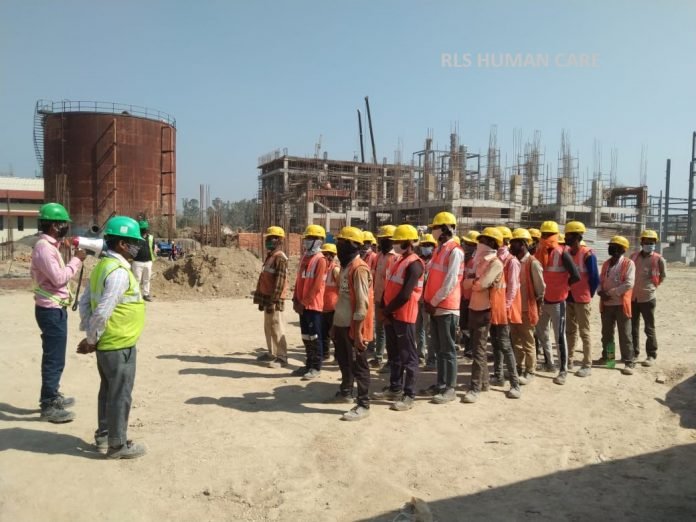
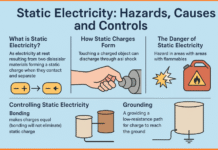
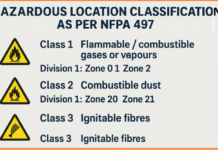

Perfect Sample.
appreciate for your great job done.
So nice of you very good information
Nice Job well done. hoping to see more post about safety related topics.
Well done Pros,keep the good work going
Please upload few more sample like electrocution,
fabulous yr most important our guidelines so thank you so much your team management and against thank .
good post